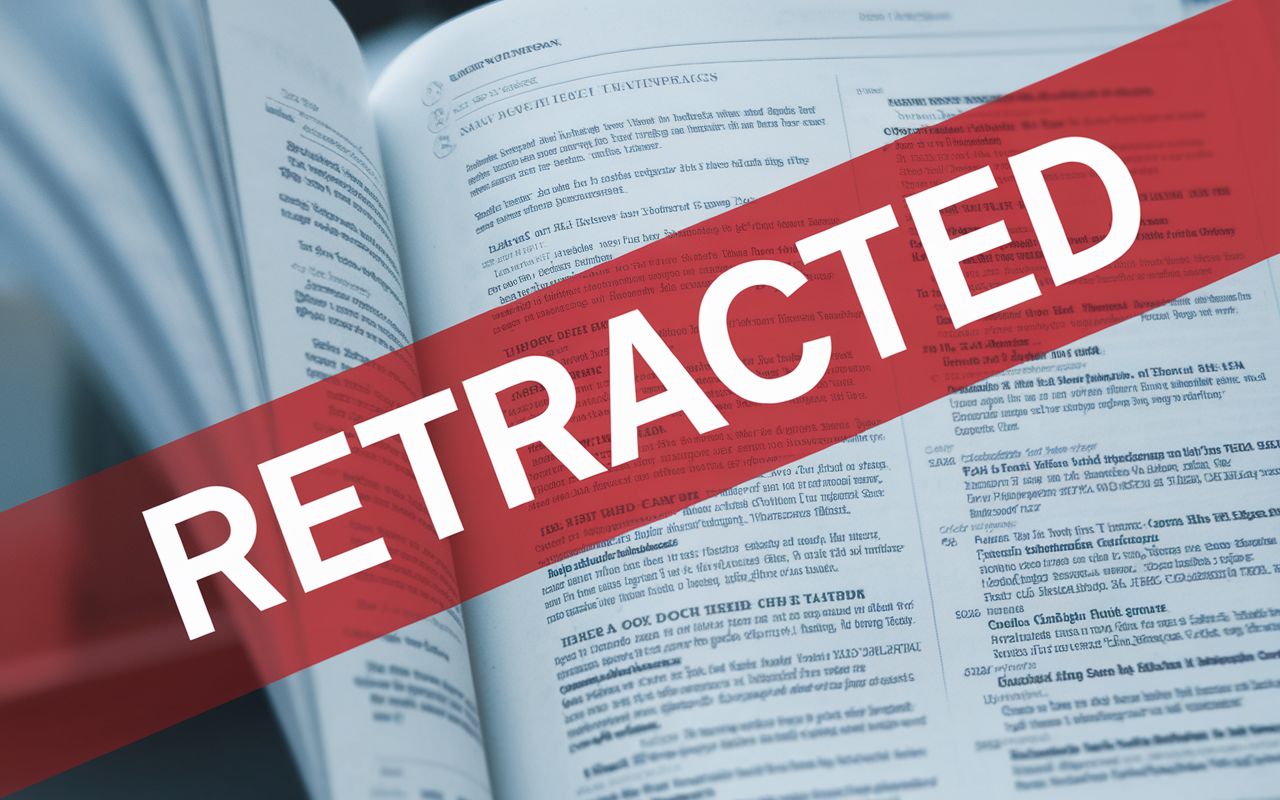Follow us on Google News (click on ☆)

Yosra Er-reguyeg, a medical doctoral student and master's student researcher in biomedical sciences at Université Laval, Frédéric Mouriaux, an associate professor of ophthalmology in the Faculty of Medicine and researcher at the CHU de Québec–Université Laval Research Center, and Christophe Boudry from CHU Rennes, illustrated this by searching the PubMed database for all retracted articles in the field of ophthalmology from 1966 to 2023.
Over this period, 544,472 articles were published in this field. Of these, 151 articles, appearing in 91 journals, were retracted. The reasons cited by editors for retracting these articles are varied. Data falsification ranks first, accounting for 38% of cases. This is followed by substantial unintentional errors too significant to be corrected via an erratum (23%), disputes among authors over authorship (9%), plagiarism (7%), and duplicate publication (7%).
The research team's analysis shows that the number of retracted articles per year remained below five until 2011. The annual average then rose to 6.6 between 2011 and 2019, before surging to 23 during the 2020–2022 period.
"Retractions during these three years alone account for 45% of the total," notes Yosra Er-reguyeg. "We do not know whether the upward trend we observed is due to increased fraud and errors by scientists, a relaxation of the peer review process during the COVID-19 pandemic, or better detection by editors and the scientific community of problematic articles."
It takes time to uncover problematic articles. Just over half (52%) of retractions occur more than two years after the article is published. In 9% of cases, articles remain "active" for at least 10 years before being retracted.
Sound scientific publishing practices ensure retracted articles remain in databases and on publishers' websites but must be clearly flagged as retracted. "We found that 21% of retracted articles are not properly labeled as such on journal websites," highlights Yosra Er-reguyeg.
"The consequence is that these articles circulate for a long time, are cited in other publications, spread errors in the scientific community and society, and can lead to clinical decisions potentially harming the quality of care provided to patients," emphasizes Professor Mouriaux.
The retraction of an article is not an issue in itself, he continues. "In fact, it is a solution to various problems, the most common of which are scientific fraud and unintentional errors. Strengthening the peer review process would help prevent some unintentional errors, but dishonesty is hard to eliminate."
Retracted articles each year account for barely 0.2% of all articles published annually, but they nevertheless remain a thorn in the side of science. For lack of better alternatives, retraction remains the best tool to mitigate the harm caused by scientific articles containing erroneous information. Unfortunately, publishers do not uniformly approach this act of contrition with the same enthusiasm.
"Every retracted article must be clearly labeled as such on the publisher's website and in bibliographic databases," stresses Professor Mouriaux. "It is essential that this is done rigorously to prevent these articles from contaminating the knowledge on which science is built."